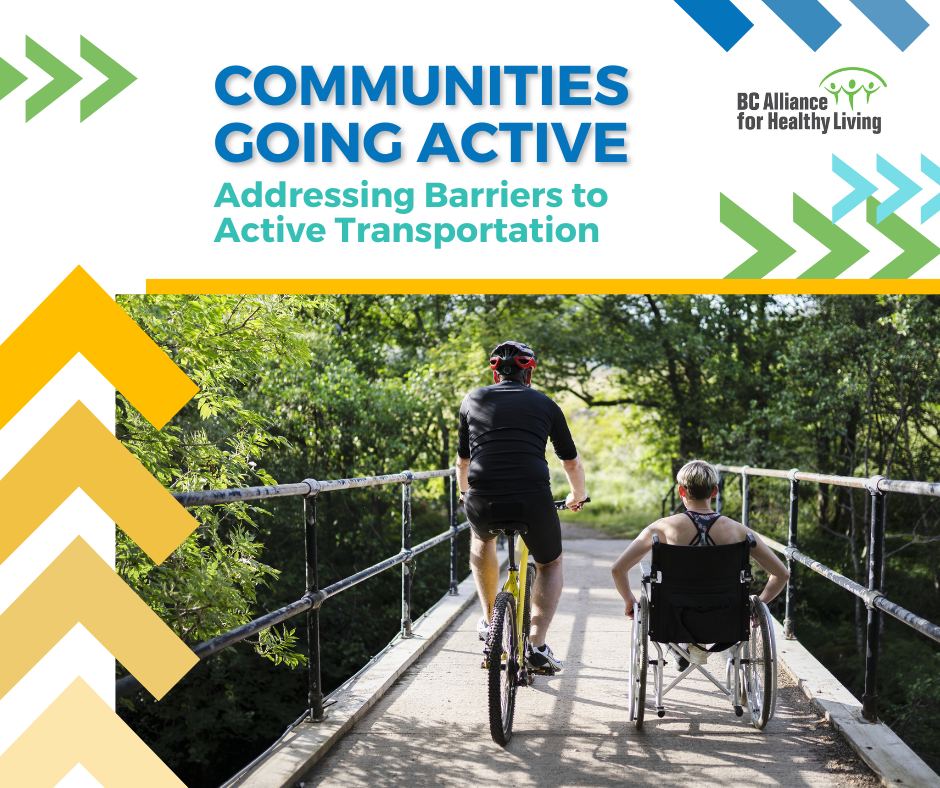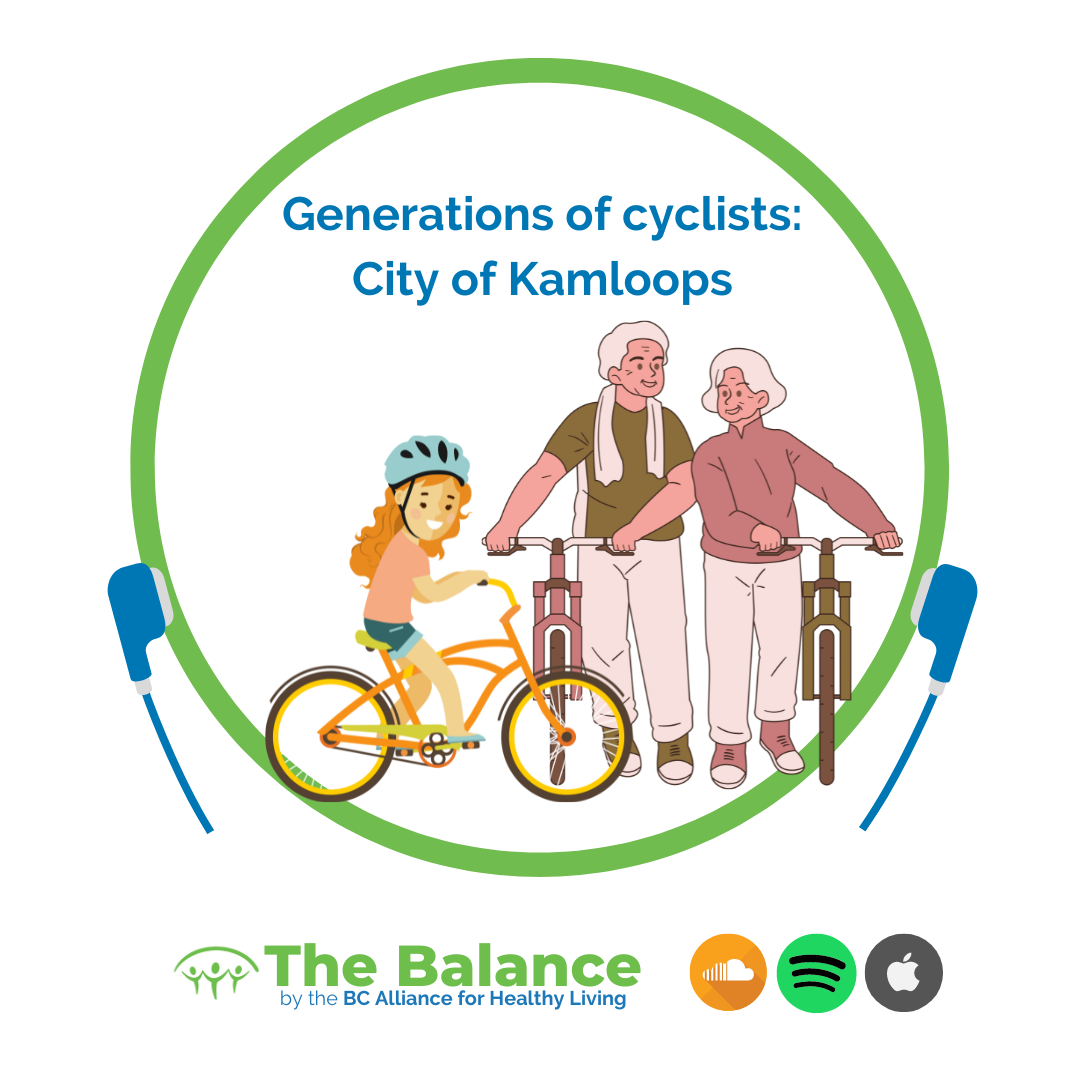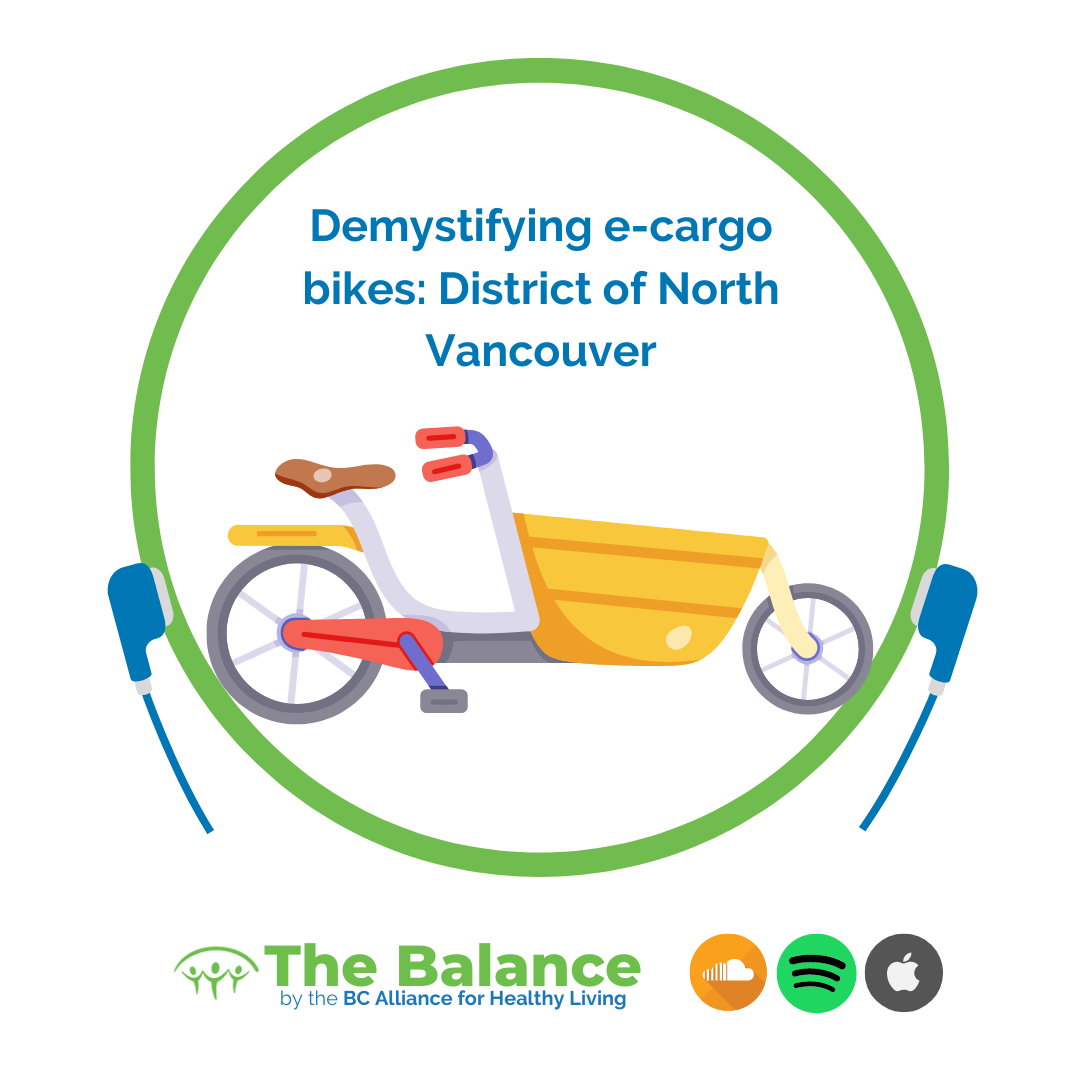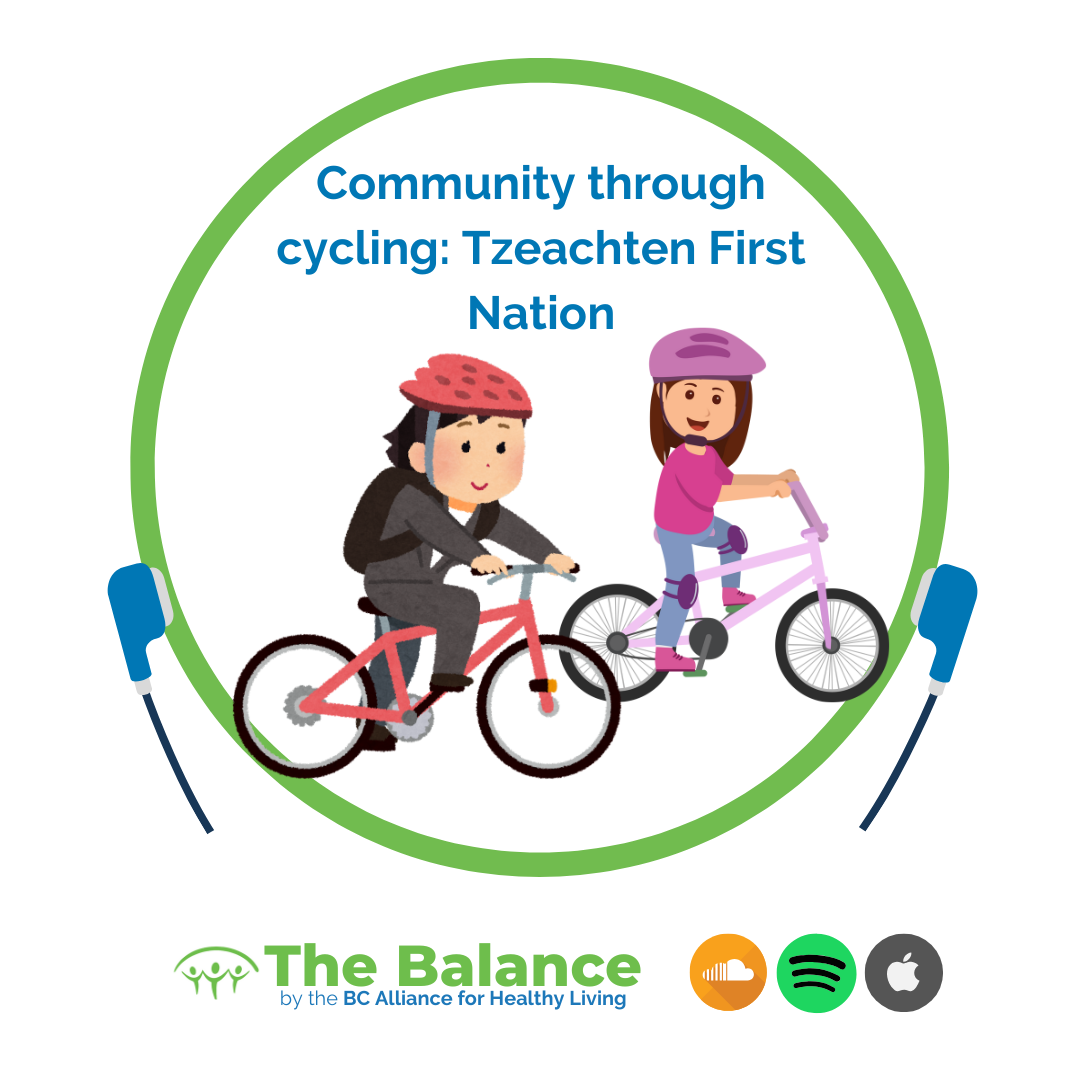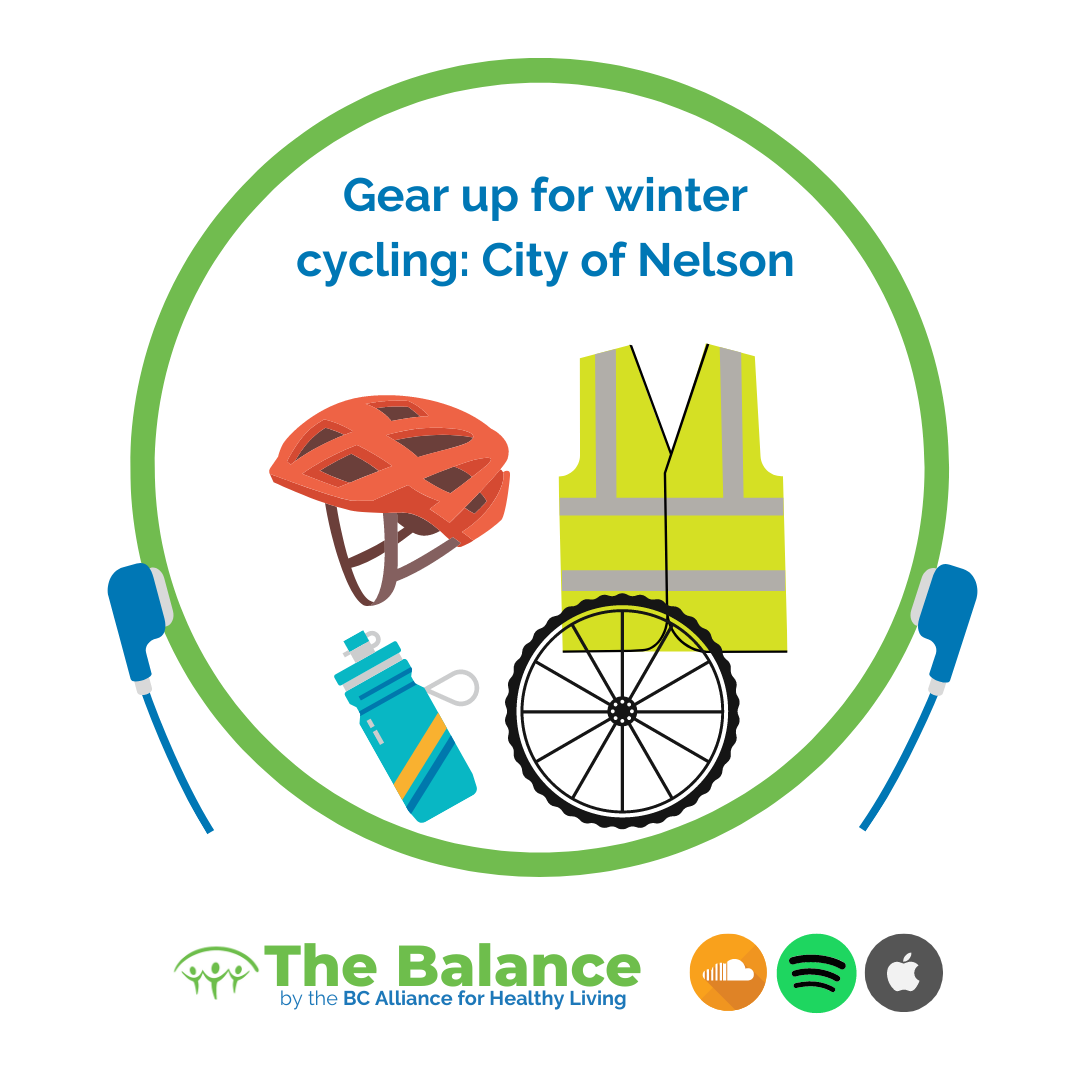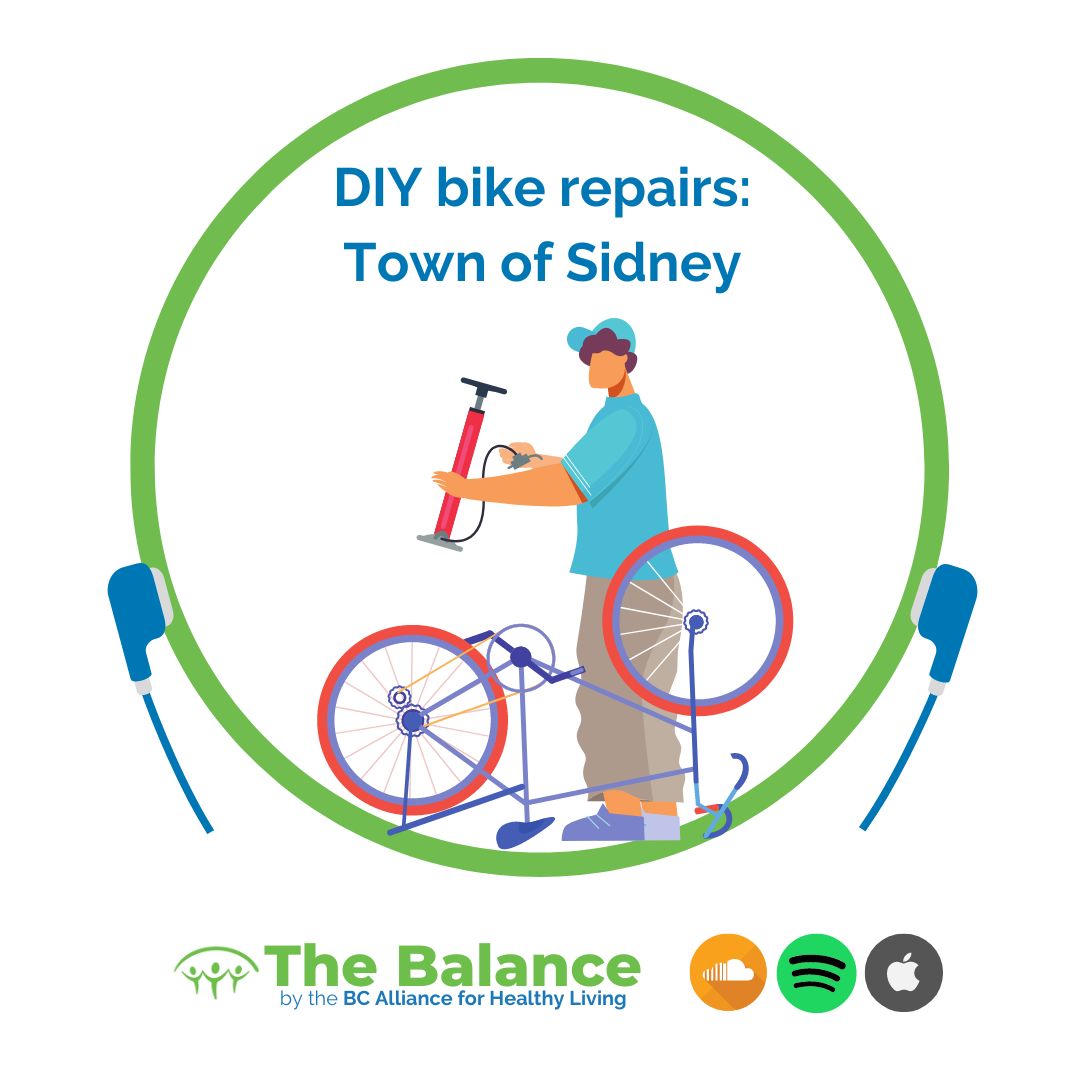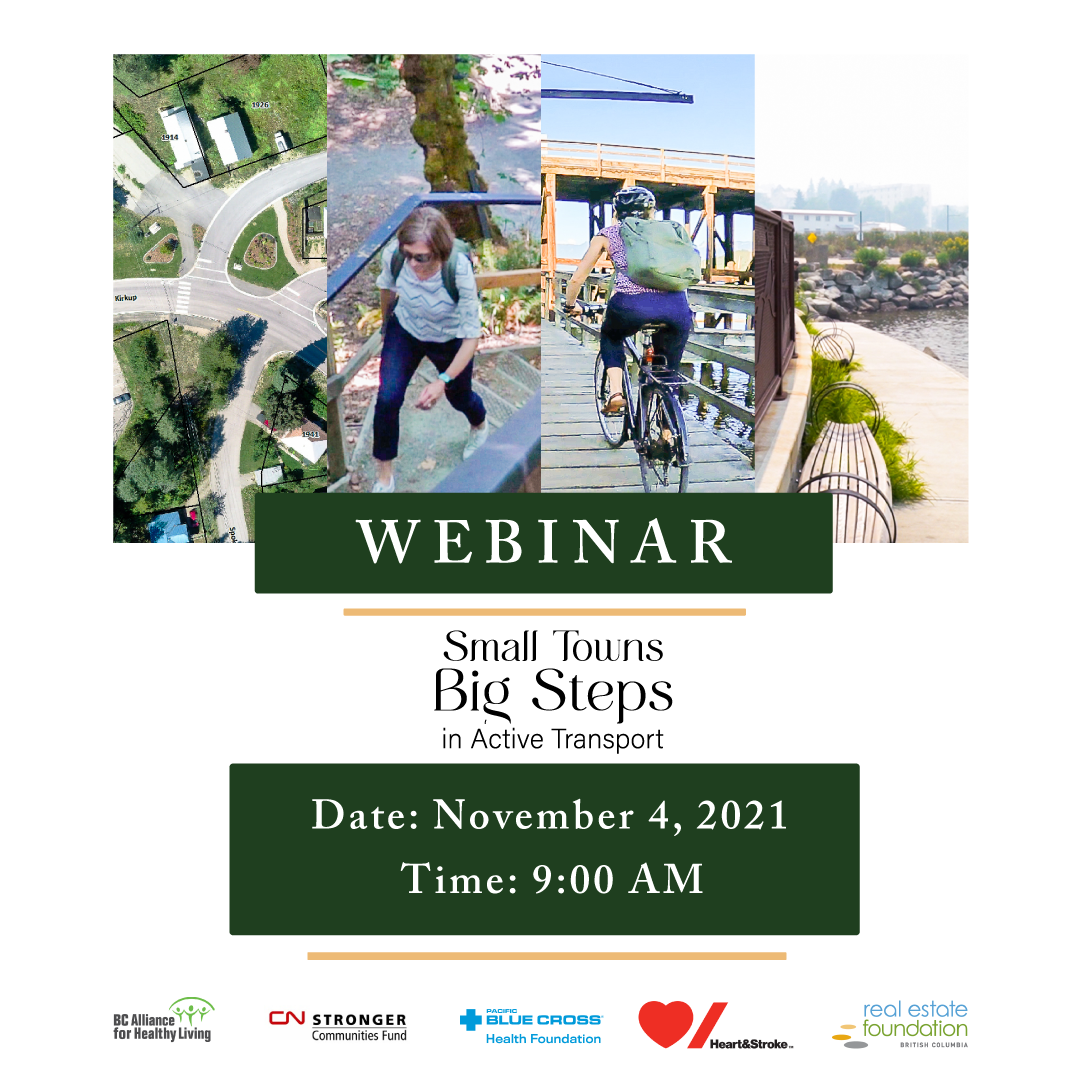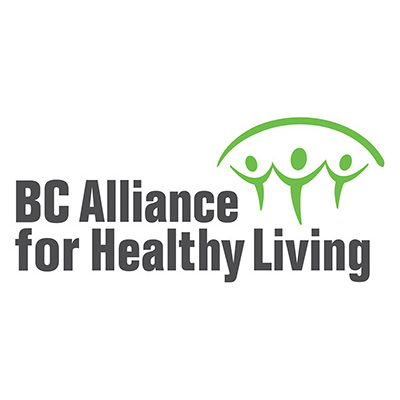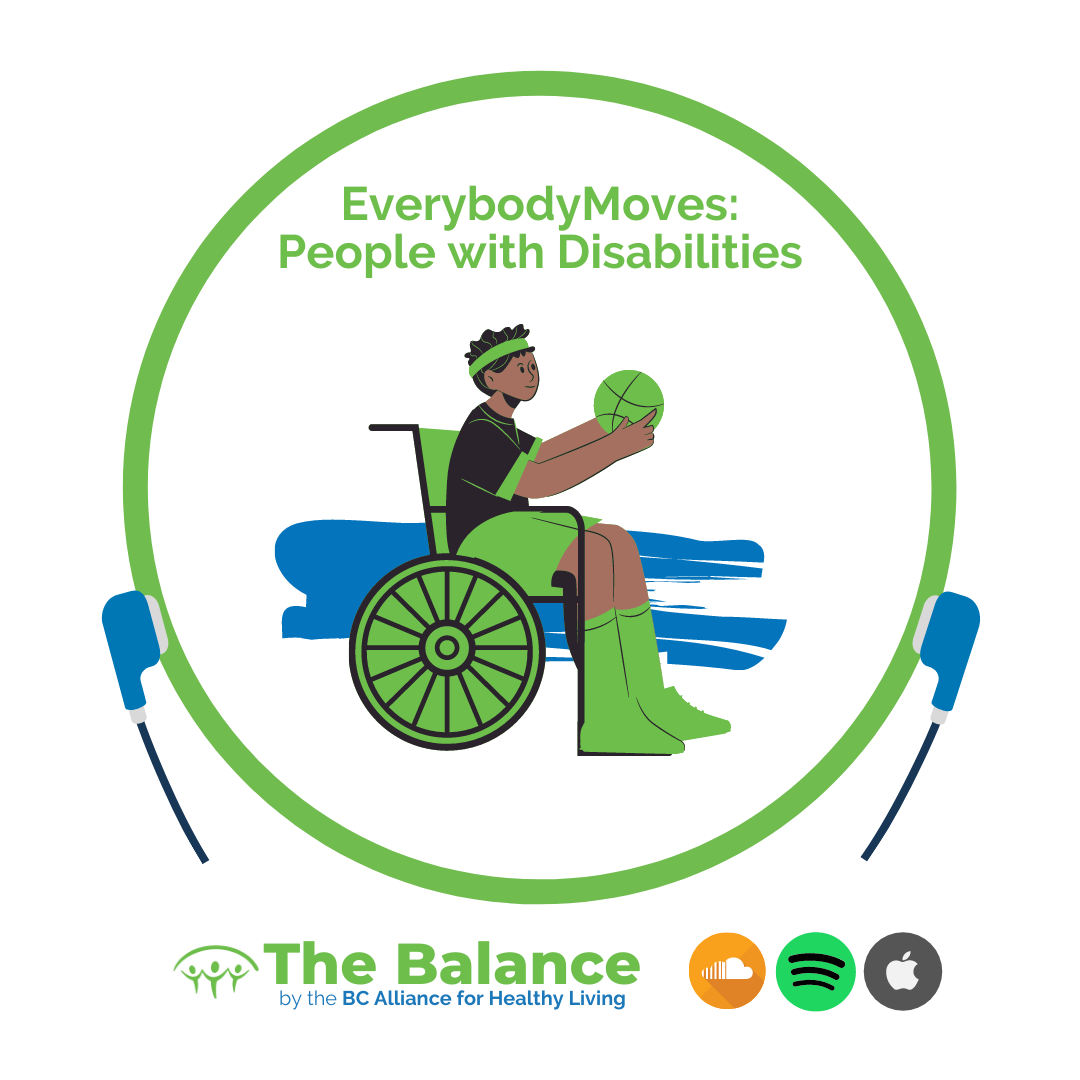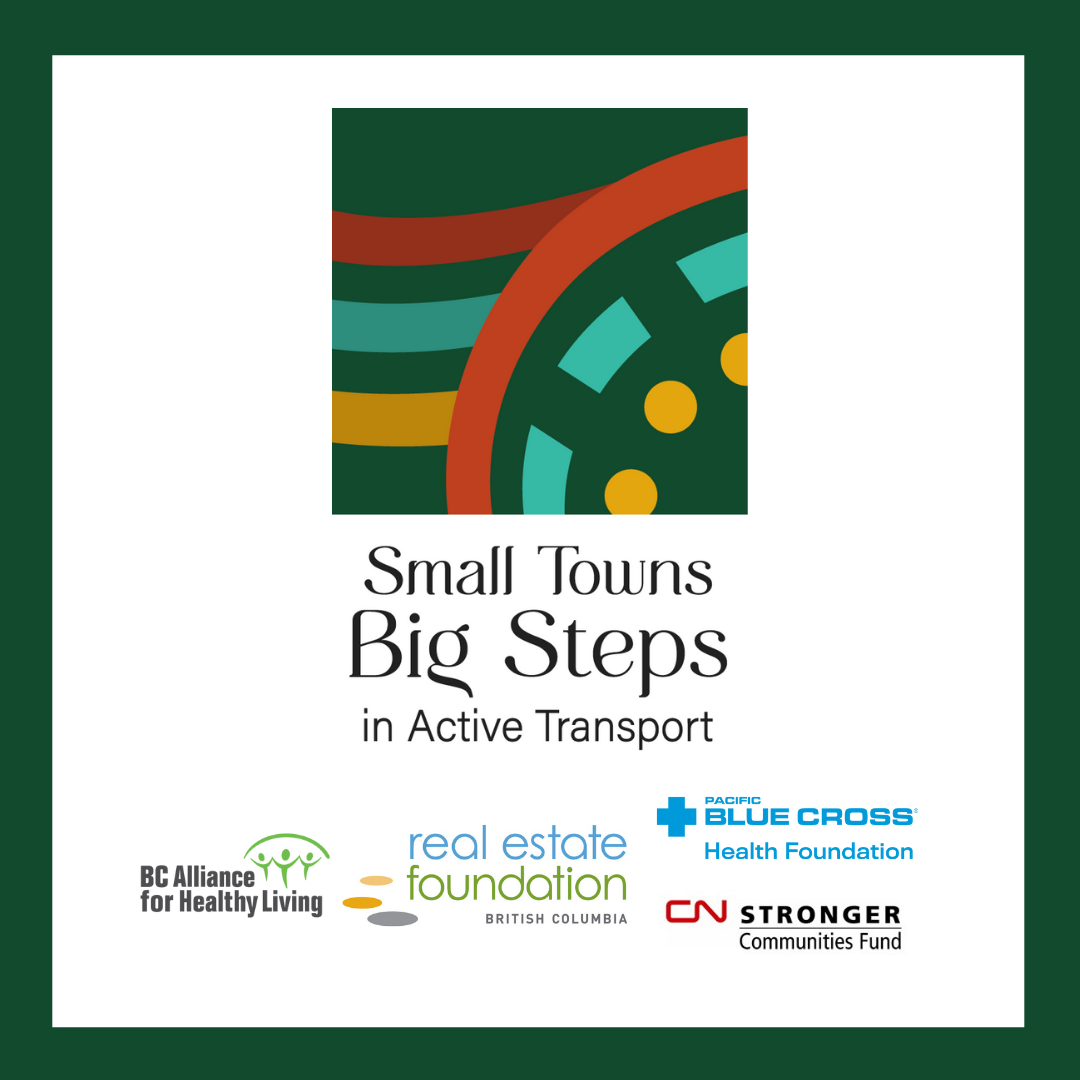active transportation
-
Communities Going Active: Addressing Barriers to Active Transportation recording
We know active transportation has many benefits: it can reduce traffic congestion, lower greenhouse gas emissions, and encourage communities to be physically active, which in turn helps prevent chronic diseases and fosters mental wellness. Yet, many people living in British Columbia can’t participate, whether they feel it takes too long to walk or bike, they…
-
Communities Going Active: City of Kamloops
In this five-part Communities Going Active series, we will hear about local governments and groups that launched projects to promote and encourage the use of active transportation in their communities. These projects address barriers that prevent people from trying out cycling or even scootering, such as costs, lack of gear, or perhaps lack of experience.
-
Communities Going Active: District of North Vancouver
In this five-part Communities Going Active series, we will hear about local governments and groups that launched projects to promote and encourage the use of active transportation in their communities. These projects address barriers that prevent people from trying out cycling or even scootering, such as costs, lack of gear, or perhaps lack of experience.
-
Communities Going Active: Tzeachten First Nation
In this five-part Communities Going Active series, we will hear about local governments and groups that launched projects to promote and encourage the use of active transportation in their communities. These projects address barriers that prevent people from trying out cycling or even scootering, such as costs, lack of gear, or perhaps lack of experience.
-
Communities Going Active: City of Nelson
In this five-part Communities Going Active series, we will hear about local governments and groups that launched projects to promote and encourage the use of active transportation in their communities. These projects address barriers that prevent people from trying out cycling or even scootering, such as costs, lack of gear, or perhaps lack of experience.
-
Communities Going Active: Town of Sidney
In this five-part Communities Going Active series, we will hear about local governments and groups that launched projects to promote and encourage the use of active transportation in their communities. These projects address barriers that prevent people from trying out cycling or even scootering, such as costs, lack of gear, or perhaps lack of experience.
-
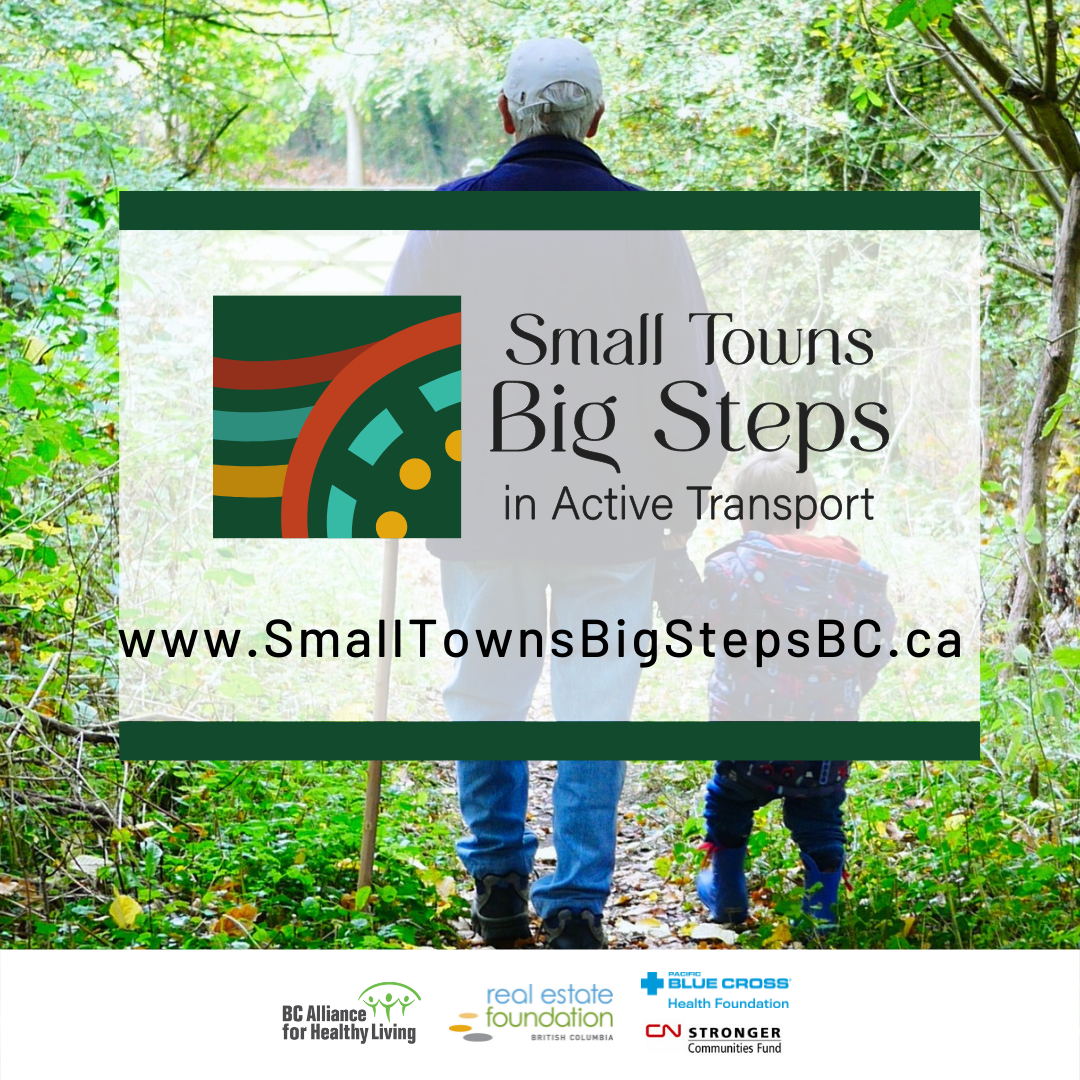
Active Transportation: Equitable, Sustainable and Achievable
“The climate crisis is also a health crisis.” This year, the World Health Organization (WHO) is focusing on encouraging governments to create communities focused on peoples’ physical well-being while also addressing the health of the planet. With World Health Day and Earth Day just weeks apart, we are reminded of the intersections between climate change…
-
Small Towns, Big Steps in Active Transport: Webinar
In every corner of the province, there is a growing interest in developing more active transportation networks. Small Towns, Big Steps in Active Transport is a project to explore what works in smaller towns through in-depth research and case studies featuring 6 unique BC communities. Watch BCAHL’s webinar where we highlight major project findings, including:…
-
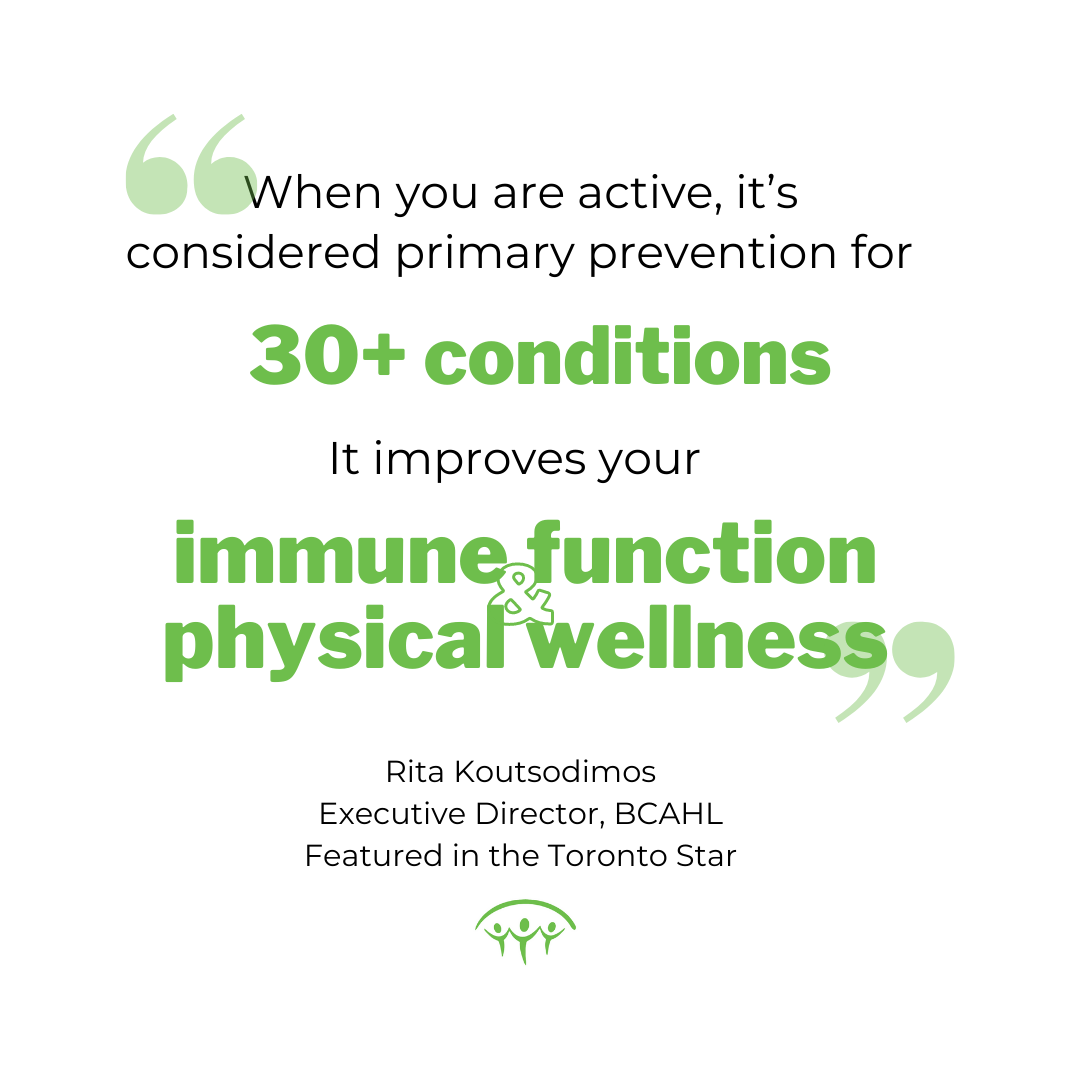
In the News: Toronto Star
BCAHL is pleased to announce that we are featured in Alex McKeen’s article “Canadians need to get fitter –before the next pandemic” published in the Toronto Star. This feature comes shortly after BCAHL circulated our press released focused on BC’s 2021/2022 Budget. Rita Koutsodimos, BCAHL’s Executive Director, lends her expertise in public health and is…
-
Budget 2021/22 Responds to Acute Health Needs of British Columbians but Ignores Other Prevention Measures
FOR IMMEDIATE RELEASE: April 20, 2021 Vancouver, BC: Advocates for healthy living and chronic disease prevention are relieved to see BC Budget 2021 investments in poverty reduction and mental health – which were at an acute state for far too long and clearly highlighted by the pandemic. “The BC Alliance for Healthy Living has been…
-
EverybodyMoves: People with Disabilities
Sian Blyth, the Executive Director of the BC Wheelchair Basketball Society, explores how physical activity can be more accessible and inclusive for people living with disabilities.The Balance is recorded and produced by BCAHL’s Communications Manager on the traditional, unceded territories of the xʷməθkʷəy̓əm (Musqueam), Skwxwú7mesh (Squamish) and səl̓ilwətaʔɬ (Tsleil-Waututh) Nations.Thank you so much for listening.Episode…
-
Small Towns, Big Steps in Active Transport
Active transportation happens when people use their own power to get from one place to another, and can include walking, biking, skateboarding, using a non-mechanized wheelchair, or snowshoeing. The benefits of active transportation are multiple; we see increases in physical activity, social connections, and mental well-being, all of which help to prevent chronic disease. While…
- Show All
- @quitnowbc
- #Active Transportation #Small Towns
- #Active Transportation #Small Towns #Local Government #Government
- #BCBudget2020
- #bcpoli
- #BudgetDay
- #cdnpoli
- #ComPAReStudy
- #Covid19
- #CureCongestion
- #EarlyChildhood
- #Earth Day
- #elxn43
- #HealthyRecovery
- #HealthySchoolFood
- #MoreThanFood
- #MoveBC
- #NNSW2019
- #NutritionMonth
- #PhysicalActivity
- #PhysicalLiteracy
- #PinkShirtDay2019
- #schoolyeargoals
- #ScreenFreeWeek
- #SenCA
- #smokefree
- #UBCM2018
- #World Health Day
- 2slgbtqia+
- Active & Safe Central
- active communities
- Active People
- Active People Active Places
- Active Places
- Active School Transportation
- active transportation
- Active Transportation Strategy
- Adolescent Health
- Advocacy
- alcohol
- appetite to play
- Back to school
- barriers to participation
- Basic Income
- BC Budget
- BC Centre for Disease Control
- BC Chapter of the Coalition for Healthy School Food
- BC Cycling Coalition
- BC Elections 2020
- BC Healthy Communities
- BC Lung Association
- BC Recovery
- BC Recreation and Parks Association
- BCHLA
- BCRPA
- Before and After School Recreation Program Spaces Grants
- bike safety
- Bill S-228
- Bill S228: Child Health Protection Act
- Bowen Island Bike Park
- Budget2022
- Building Cultural Competency
- Bundles of Fun
- Canada Food Guide
- Canada’s Food Guide
- Canadian Cancer Society
- Child Health Protection Act
- children and youth
- children with disabilities
- Choose to Move
- chronic disease
- chronic disease prevention
- Circle of Health
- City of Vernon
- Communities
- communities on the move
- Communities on the Move Declaration
- community
- Complete networks
- Congestion Relief Fund
- COVID-19
- Diabetes Canada
- Dietitians of Canada
- Documentary
- Dr. Guy Faulkner
- Dr. Mariana Brussoni
- early years
- equity-deserving groups
- EverybodyMoves
- Evidence-Informed Decision Making Casebook Issue #2
- families
- Federal Election
- Food Costing 2017 Report
- food insecurity
- Food Policy
- GoCNV
- health
- Health equity
- health inequities
- health promotion
- healthcare
- healthier communities
- healthy eating
- healthy living
- Healthy School Food
- Indigenous
- Indigenous Circle of Health
- Indigenous leaders
- kids
- Kwadacha Roller Derby
- Land and Sea Cultural Program
- low income
- McCreary Centre Society
- mental health
- mental wellness
- Mind Fit
- Mindful eating
- Minister of Transportation and Infrastructure
- Move.Commute.Connect
- National Non-Smoking Week
- New Routines
- New School Year
- New School Year Goals
- newcomers
- Non-profits
- Nutrition Month
- Older Adults
- Outdoor Play
- ParticipACTION
- PHABC Annual Conference
- physical activity
- Physical Activity for Health Collaborative
- Physical Activity Strategy
- Picky Eating
- policy
- poverty
- Poverty Reduction
- Pregnancy
- Provincial Health Officer
- Public Health Association of BC
- Reallocation of road space
- recreation and physical activity
- Report Card
- Resolution B15
- Resolution B59
- Risky Play
- Running Free: Children’s Independent Mobility
- rural and remote
- SACY
- Small Towns
- sports
- sports and recreation
- stigmatization
- Stop #Marketing2Kids
- Stop M2K Coalition
- sugary drink tax
- sugary drinks
- Taking the Pulse of the Population
- transportation systems
- Truth and Reconcilation
- Truth and Reconciliation Day
- Tumbler Ridge UNESCO Global Geopark
- UBC
- UBCM
- Union of BC Municipalities
- Unlock the potential of food
- Vancouver School Board
- Vantage Point
- Vaping
- Vapour product tax
- viaSport
- Walking
- Walking School Bus
- webinar
- World Health Organization
- YMCA
- YMCA of Greater Vancouver
- young women
- youth
- Youth Health
- Youth Vaping
Contact Us
Questions about our policy recommendations, resources, initiatives, and activities? Reach out to us.
Contact Us